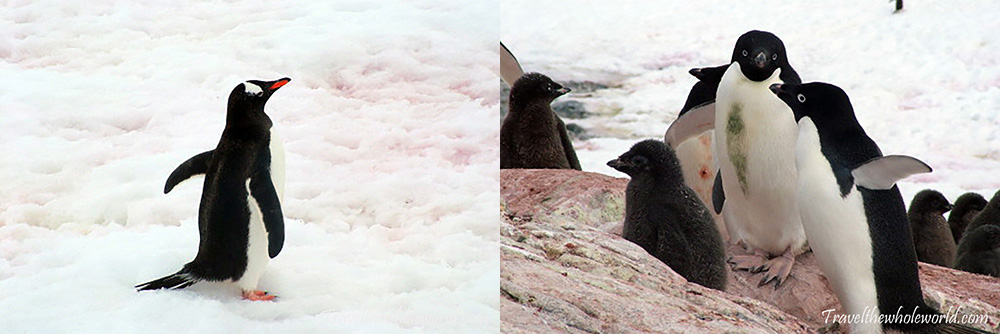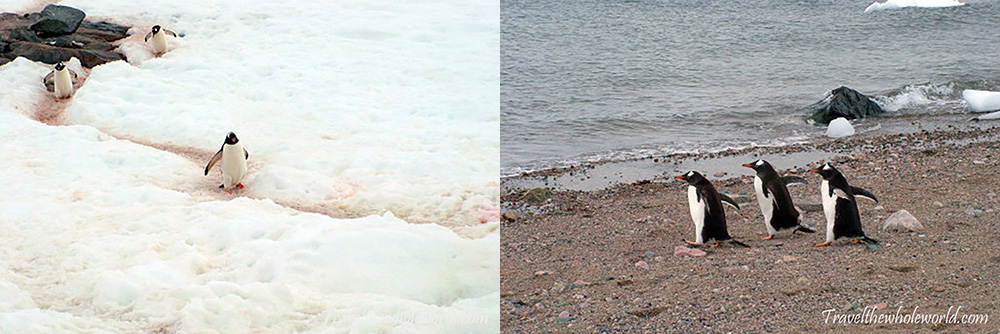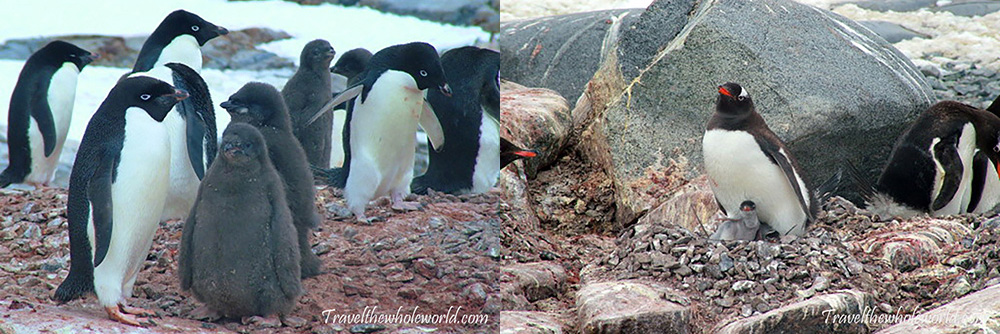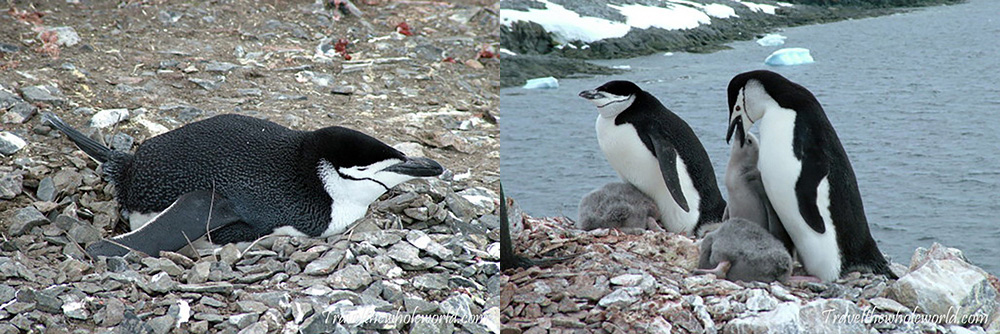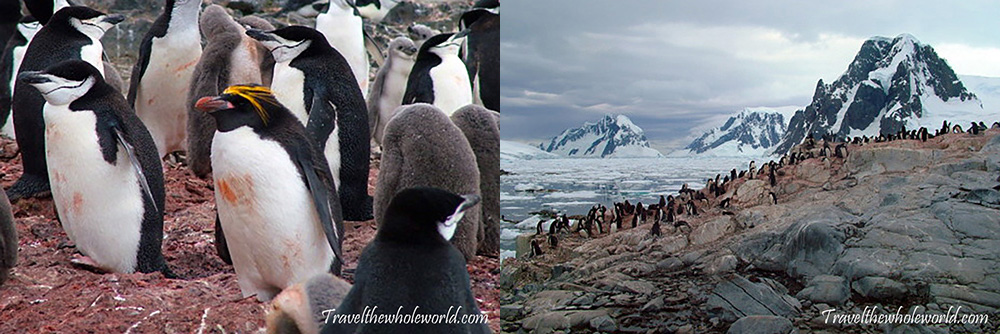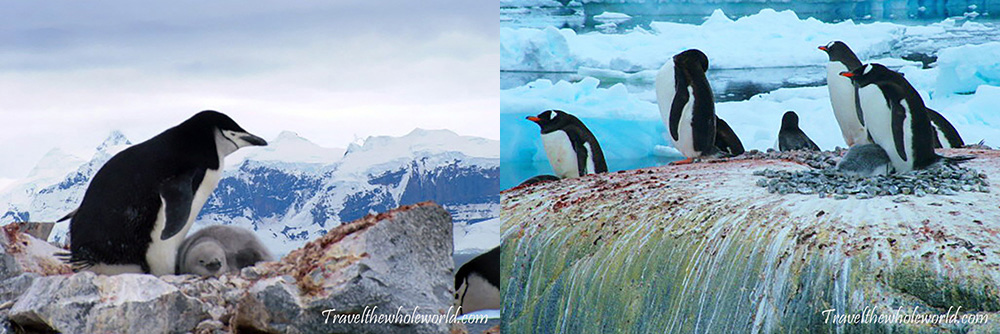Antarctic Penguins
Despite how famous penguins are, there several things that people get wrong about them. For one, it’s assumed that penguins inhabit all cold environments in the world, when they are actually restricted to the southern hemisphere. This means there are no penguins in the Arctic for example! And secondly, while the vast majority of penguins do enjoy cold temperatures, their range actually extends from Antarctica, to parts of Australia, Africa, and even the tropical regions of South America. All in all these unique birds cover a wide range of habitats, and in Antarctica alone there are 17 different species. While visiting Antarctica, I saw perhaps about five different species, with a gentoo penguin on the left and an adelies photographed on the right. The gentoo penguin is the fastest of all species, and can swim up to 24 mph (38 kph). This is pretty impressive considering humans cannot run that speed on land without the resistance of water! Both of these penguins weigh about 10 lbs (5 kgs) when they are adults.
Penguins have no land predators in Antarctica, so naturally they are not afraid of humans. While I was sitting down and enjoying a nice day at the beach in Antarctica, I had some curious baby penguins came by. There are rules set by the Antarctic treaty that you’re not allowed to approach wildlife, but that rule is rarely respected by penguins. They started to crawl all over me and even gave my clothing a few pecks before going on their way. Most penguins have a diet of krill, fish and crustaceans. They will nest along coastal areas of Antarctica and when it’s time for lunch they will take what’s called a penguin highway. The penguins traveling in single file over time create their own trail in the snow, and once to the shore it’s a race for the first one to jump in.
Penguins are clearly birds, but they fall into a unique category. Not only can penguins not fly, but they actually spend most of their time in the water. As a matter of fact, when penguins were first discovered they were mistaken for fish because they swam so fast! While the penguins on the left are definitely playing and having fun, their swimming technique seen on the right is more for survival. Swimming at a fast pace and constantly going in and out of the water makes them a difficult target for predators such as killer whales or seals.
What I found most strange about penguins was how different the babies looked, especially from the adelie penguins. You can see that even though the chicks on the upper left are of reasonable size, they still look nothing like the adults. On the upper right is a gentoo chick, and below are two photos of a third species I saw, the chinstrap penguins. The chinstrap penguin could possibly be guarding an egg or chick on the lower left, but on the lower right they are definitely feeding. Like other birds, penguins do a not so attractive method of feeding, eating food themselves and vomiting it up for their young.
A fourth species that I photographed is the unique macaroni penguin. With his yellow hairdo he is impossible to miss. For some reason the macaroni penguins seem to hang out in colonies of other species rather than form their own. Some of these colonies can be pretty impressive, almost like small cities like the photograph on the upper right. That is actually relatively small to some of them that easily are home to tends of thousands!
And here I saved my two favorites until the end. A chinstrap penguin on the left nesting a young chick, and a colorful nest on the right built by gentoo penguins. The penguins often times use small pebbles for their nest, which occasionally can be very difficult to find. Sometimes the birds are known to steal pebbles from each other instead of finding their own.
